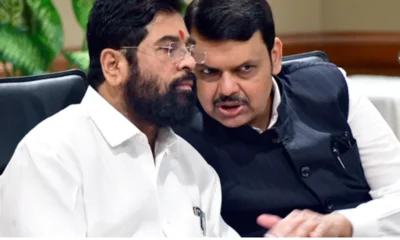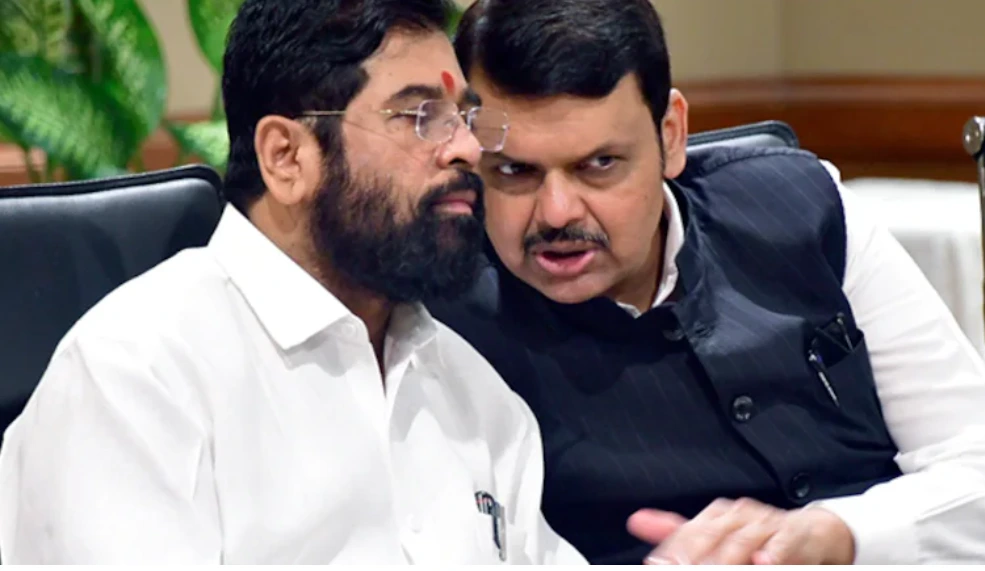In one of the best news about India in several years, a UN report has said that India has halved its poverty rate from 55 per cent to 28 per cent in ten years.
The 2018 global Multidimensional Poverty Index (MPI) revealed that between 2005-06 and 2015-16, more than 271 million people have come out of the clutches of poverty in India.
Poverty reduction was fastest among children, the poorest states, scheduled tribes and Muslims.
The estimates were released by the UN Development Programme (UNDP) and the Oxford Poverty and Human Development Initiative (OPHI).
The report, however, stated that India still has the largest number of people living in multidimensional poverty in the world, pegging the figures around 364 million people.
The index evaluates poverty on three dimensions: health, education and living standards, with focus on access to clean water, sanitation, adequate nutrition and primary education. Those deprived in at least of a third of the index’s components are defined as “multidimensionally poor”. As many as 83% of the multidimensionally poor live in Sub-Saharan Africa and South Asia, the report said.
After India (364 million people), the countries with the largest number of people living in multi-dimensional poverty are Nigeria (97 million), Ethiopia (86 million), Pakistan (85 million), and Bangladesh (67 million).
The report also said India’s scale of poverty reduction has parallels with the phenomenal level of poverty reduction achieved in China a decade or so earlier.
“India’s scale of multidimensional poverty reduction over the decade from 2005/6 to 2015/16 – from 635 million poor persons to 364 million – brings to mind the speedy pace of China’s poverty reduction, which occurred over more than 20 years,” the report pointed out.
One of the striking findings is that 156 million out of 364 million people who are MPI poor in 2015/2016 are children.
The data noted that a change of global proportions occurred in India. Between 2005-06 and 2015-16, the number of multidimensionally poor people in India fell from 635 million to 364 million an historic shift.
Furthermore, in sharp contrast with the trend 1999 to 2006, when the poorest groups reduced multidimensional poverty the slowest, from 2005-06 to 2015-16 the poorest reduced MPI the fastest.
“That is, poverty reduction among children, the poorest states, scheduled tribes, and Muslims was fastest, indicating that, far from being left behind, they were catching up,” it said.
“India has made momentous progress in reducing multidimensional poverty. The incidence of multidimensional poverty was almost halved between 2005-06 and 2015-16, climbing down to 27.5 per cent,” it said.
It said that for the Scheduled Caste, the MPI fell from 0.338 in 2005-06 to 0.145 in 2015-16. For Other Backward Classes, the MPI fell from 0.291 in 2005-06 to 0.117 in 2015-16.
In the case of Muslims, the MPI fell from 0.331 in 2005-06 to 0.144 in 2015-16. For the Scheduled Tribes, the MPI fell from 0.447 in 2005-06 to 0.229 in 2015-16.
The data noted that the positive trend of pro-poor poverty reduction is seen also across religions and caste groups. In both cases, the poorest groups (Muslims and Scheduled Tribes) reduced poverty the most over the ten years from 2005-06 to 2015-16.
Yet these two groups still have the highest rates of poverty. For instance, while 80 per cent of those who identified themselves as being in a Scheduled Tribe had been poor in 2005-06, in 2015-16, 50 per cent of people belonging Scheduled Tribes are still poor.
Within India, 40.4 million people live in districts where more than 60 pe cent of people are poor 20.8 million live in the poorest districts in Bihar, 10.6 million in the poorest districts in Uttar Pradesh, and the remainder in the poorest districts in Chhattisgarh, Gujarat, Jharkhand, Madhya Pradesh and Odisha.
It noted that the landscape of the poorest has improved dramatically and, if current trends continue, is set to change.
The poorest groups across states, castes, religions, and ages had the biggest reductions in MPI 2005-06 to 2015-16, showing that they have been catching up, though they still experience much higher rates of poverty.
“This marks a dramatic reversal,” it said, adding that from 1998-99 to 2005-06 the opposite trend prevailed: India’s poorest groups had the slowest progress.
Among states, Jharkhand had the greatest improvement, with Arunachal Pradesh, Bihar, Chhattisgarh, and Nagaland only slightly behind. However, Bihar is still the poorest state in 2015/16, with more than half of its population in poverty.
In 2015/16, the four poorest states – Bihar, Jharkhand, Uttar Pradesh, and Madhya Pradesh – were still home to 196 million MPI poor people, or over half of all the MPI poor people in India. Delhi, Kerala and Goa have the lowest incidence of multidimensional poverty.
About 1.3 billion people live in multidimensional poverty globally, the report said. This is almost a quarter of the population of the 104 countries for which the 2018 MPI is calculated. Of these 1.3 billion, almost half – 46per cent – arethought to be living in severe poverty and are deprived in at least half of the dimensions covered in the MPI, it said.
The report observes that while there is much that needs to be done to tackle poverty globally, there are “promising signs that such poverty can be – and is being – tackled.”
“Although the level of poverty particularly in children is staggering so is the progress that can be made in tackling it. In India alone some 271 million have escaped multidimensional poverty in just ten years,” UNDP Administrator Achim Steiner said.
The global MPI is an internationally comparable measure of acute poverty for over 100 countries situated in developing regions. It complements global monetary poverty measures by capturing the simultaneous deprivations that each person experiences in ten indicators related to education, health and living standards. In 2018, five of the ten indicators have been revised.
The global MPI was first developed in 2010 by the UNDP and OPHI at the University of Oxford for the UNDP flagship publication Human Development Report.


 India News22 hours ago
India News22 hours ago
 India News19 hours ago
India News19 hours ago
 India News23 hours ago
India News23 hours ago
 India News22 hours ago
India News22 hours ago
 India News22 hours ago
India News22 hours ago



